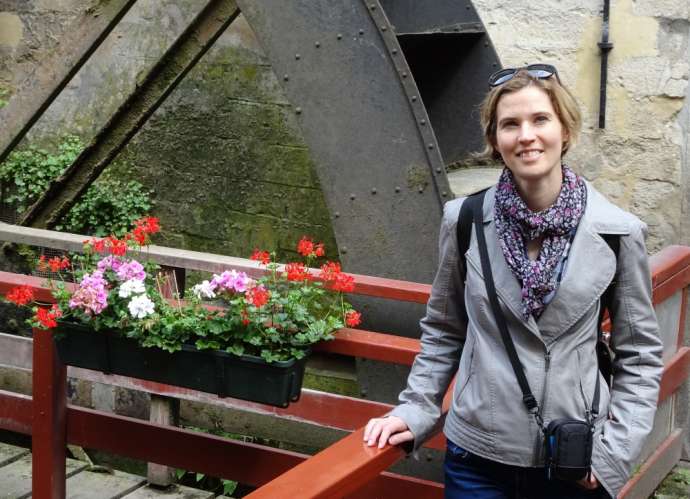The assumed audience for TSN isn’t only English native speakers, but anyone with an interest in Slovenia who can’t yet understand the local media, as well as Slovenes who’re interested in a different perspective on the land they call home. We thus leapt at the chance to visit the Balassi Institute in Ljubljana (Balassijev inštitut Ljubljana - Balassi Intézet), the Hungarian cultural centre not far from Dragon Bridge, to carry out some interviews and learn more about how people from just over the border might see life here.
The first of these, presented below, is with Éva Schwetter, a language teacher who’s lived in the capital for seven years, and is working to enhance relations and understanding between these two neighbouring states.
What brought you to the Institute?
I was as a guest teacher at the university in Ljubljana for six years, but I was also teaching here, so when the university job ended I started working at the Institute most of my time. It opened in January 2016, and I’ve been teaching Hungarian since a few months after that.
Now I have around 30 students in five groups, both at the Balassi and SAZU. Quite often there are researchers, and what they’re interested in crosses over the border into Hungary, and that’s where I can help.
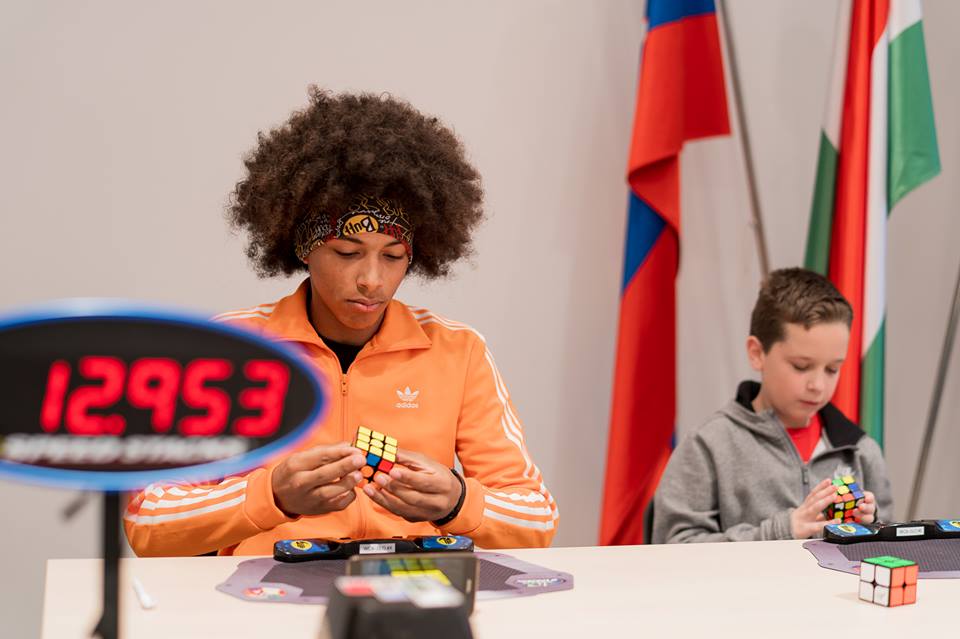
One of the many and varied activities at the Balassi Institute
Who takes the classes here?
We get all ages, and sometimes they’re just interested in the language, but usually it’s because they have some connection, a boyfriend, girlfriend, or maybe some family history with Hungary. So we have classes for beginners, but also for those who already speak good Hungarian and still want to practice and improve.
The classes are open to everyone, although there’s a fee. The first semester starts in October and the second in February, sometimes in March, with a beginners group in each. I teach the beginners in Slovene, but over time, as the students learn more, I use more Hungarian. I have one group who’ve been coming for five semesters, and now it’s almost completely Hungarian.
How different is Slovene to Hungarian?
It’s a totally different language family, Finno-Ugric, so the structures and logic are not at all the same. Hungarian is very logical, but it has its own logic, and it usually takes two or three semesters to get into it.
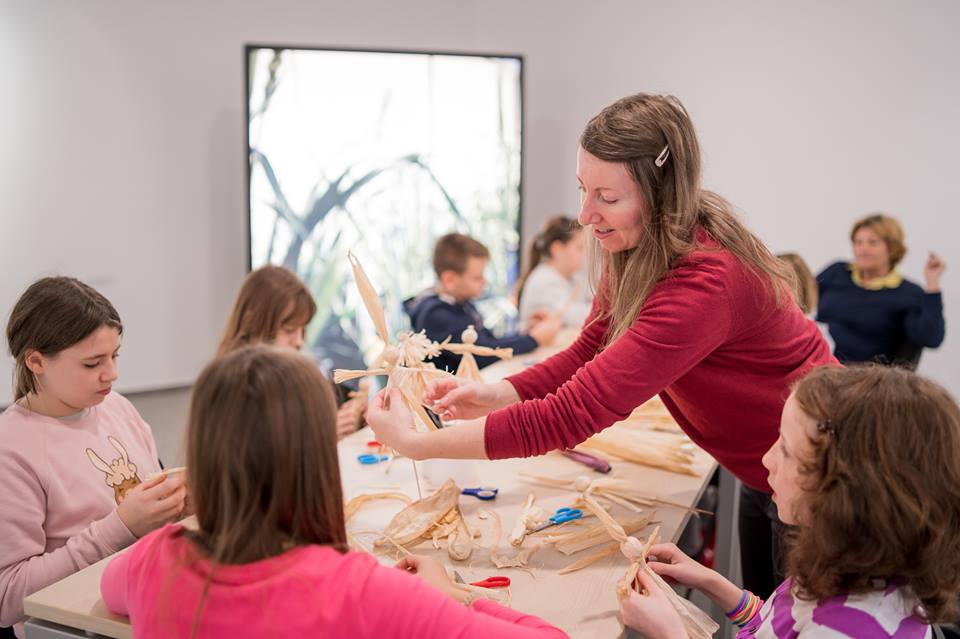
The Balassi Institute
What else is difficult?
Most people say it’s the vocabulary, which is very different to anything they’ve seen before. It’s even different to Finish and Estonian, other Finno-Ugric languages, because they’ve been separate for 3,000 years. So it’s not like Italian and French, but more like French and Persian.
Hungarian also uses a lot of suffixes, and that’s new for most people. What would be a structure in English or Slovenian is one word in Hungarian, but with two or three or four suffixes. It’s like Lego, and you just keep adding things, not taking away.
So in my experience, and that of my students, it’s difficult to start, but then it gets easier, and with the writing it’s written how it sounds. As a written language Hungarian has a long history, going back about a thousand years. First runes, then from around 1000 AD we implemented the Latin script at the same time as the formation of the Hungarian Christian Kingdom.
Has your experience as a learner of Slovene made you a better teacher of Hungarian?
I think so, yes. A lot of Slovenians are scared of Hungarian because of all the differences, but the problems go both ways, and when they see that I can speak Slovene then they know it’s not impossible. At first I spoke very little Slovenian in class, and I told the students to be patient, but they really appreciated my efforts, and it also helped when they faced difficulties in speaking Hungarian. Plus I think the relationship between a teacher and student is helped when both sides see the effort being made.
The new textbook that Éva worked on
You recently worked on the first textbook specifically for this market, Hungarian for Slovenians. Can you tell me a little about that?
Well, after working here for some years I knew the problems that students have with certain things, and that made writing the book easier. So that experience has gone into the book, and of course if something is very similar, or very different, between the two languages we emphasize that. We also focus on the common words. There are about 500 or so of those, which have Slavic roots in the both languages.
Does Hungarian have the dual?
Not like in Slovene, but we do have a special case for when I (first person, singular) am doing something to the second person (singular or plural), like if I see you, I call you, I love you.. And we don’t have gender, so all those declensions don’t exist. There are also things like two conjugations, depending on whether the object of the verb is definite or indefinite – I see the book or I see a book.
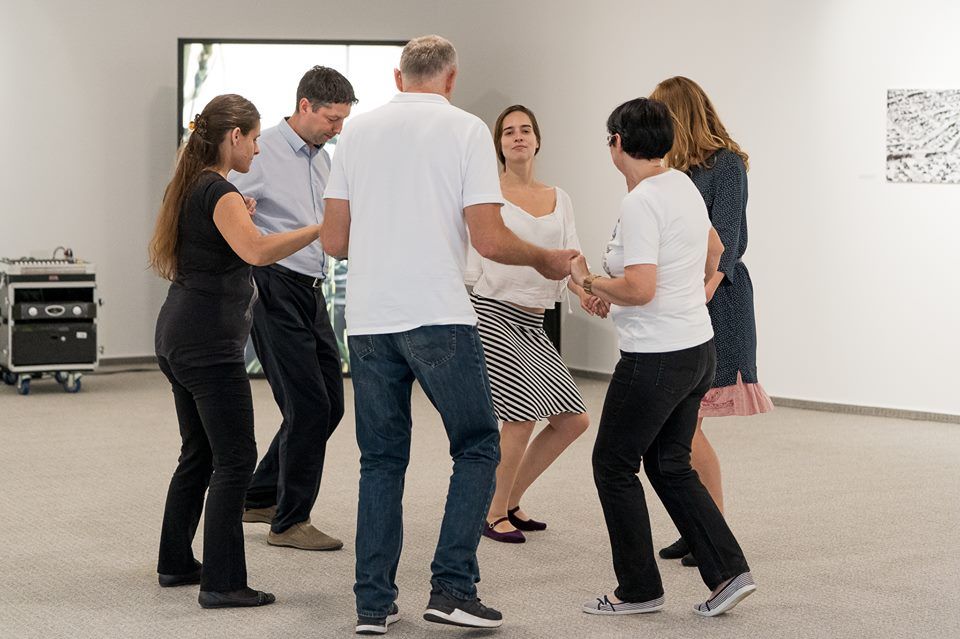
The Balassi Institute
What’s difficult for you in learning Slovene?
For me the gender is difficult, because we don’t have this in Hungarian, and all the combinations of singular, plural and so on, but today I can of course read newspapers, watch TV and give a class.
What surprised you about life in Slovenia?
Ljubljana is a small town, and that was a shock to me, after Budapest. And it surprised me how much people value their private time, so the busiest time on the road is after 3pm, as people leave work from then on. Also, if I send an email in the evening or over the weekend then I can’t expect a reply until they’re back at work, which I respect and understand, but it was still a shock.
I was also surprised by how much English people speak here, especially in Ljubljana. Of course, that makes things easy, but it’s also frustrating when you start using the language, because when you pause and try and think of a word people often just start talking in English.
Finally, I think Slovenes are more direct than Hungarians. For example, when Hungarians send emails they will say a lot, and not just get to the point. But here people will just ask for something, no polite forms, just business. So this offended me at first, but now I think it saves time and I also send these kind of messages.
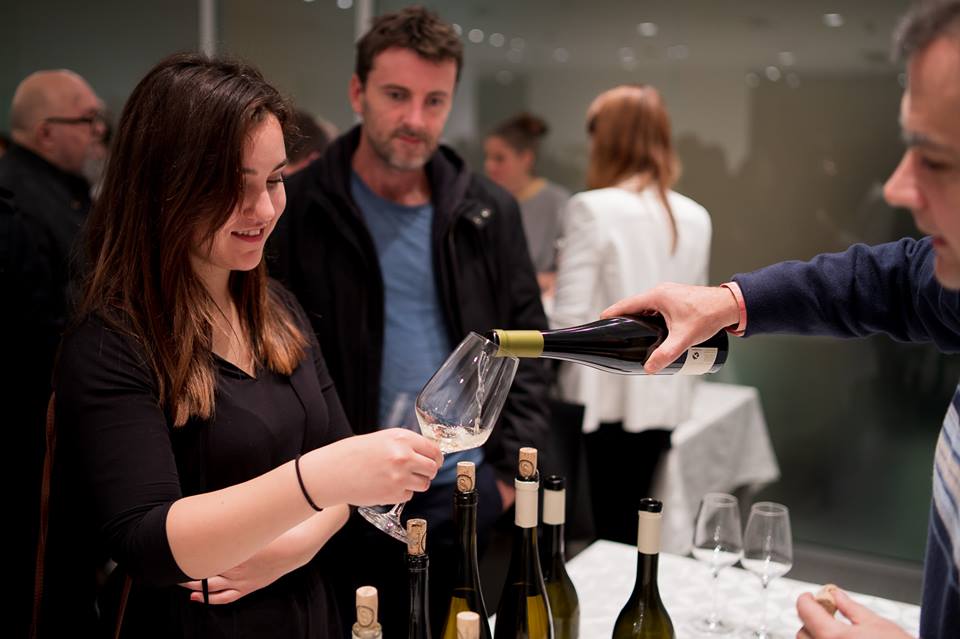
The Balassi Institute
What about food and drink?
It’s really not that different, but we were part of the same Austro-Hungarian Empire, so maybe that’s not so strange, and a lot of the food in Prekmurje is the same as just over the border, with even the famous gibanica being very similar to the Jewish cake flódni, which is well known in Hungary. One thing that’s different, and maybe interesting to your readers, is bograč. In Hungarian this is the thing you cook in, like a cauldron, say, but in Slovenian it refers to the food inside, like a goulash.
Do you think you'll stay in Slovenia?
I love it, I feel integrated, and my life is here. After seven years I can’t imagine leaving, so I want to stay as long as possible. Learning Slovenian helped a lot, of course, because speaking the language opened some doors that had always been closed to me. And Ljubljana, where I live, is beautiful, clean, and friendly. When there’s a problem the attitude seems to be let’s solve it together, and I like that.
You can learn more about Éva Schwetter’s work at the Balassi, and perhaps attend an event if you don’t take a course, by visiting the institute’s homepage or Facebook, or just going in person next time you’re in town.

